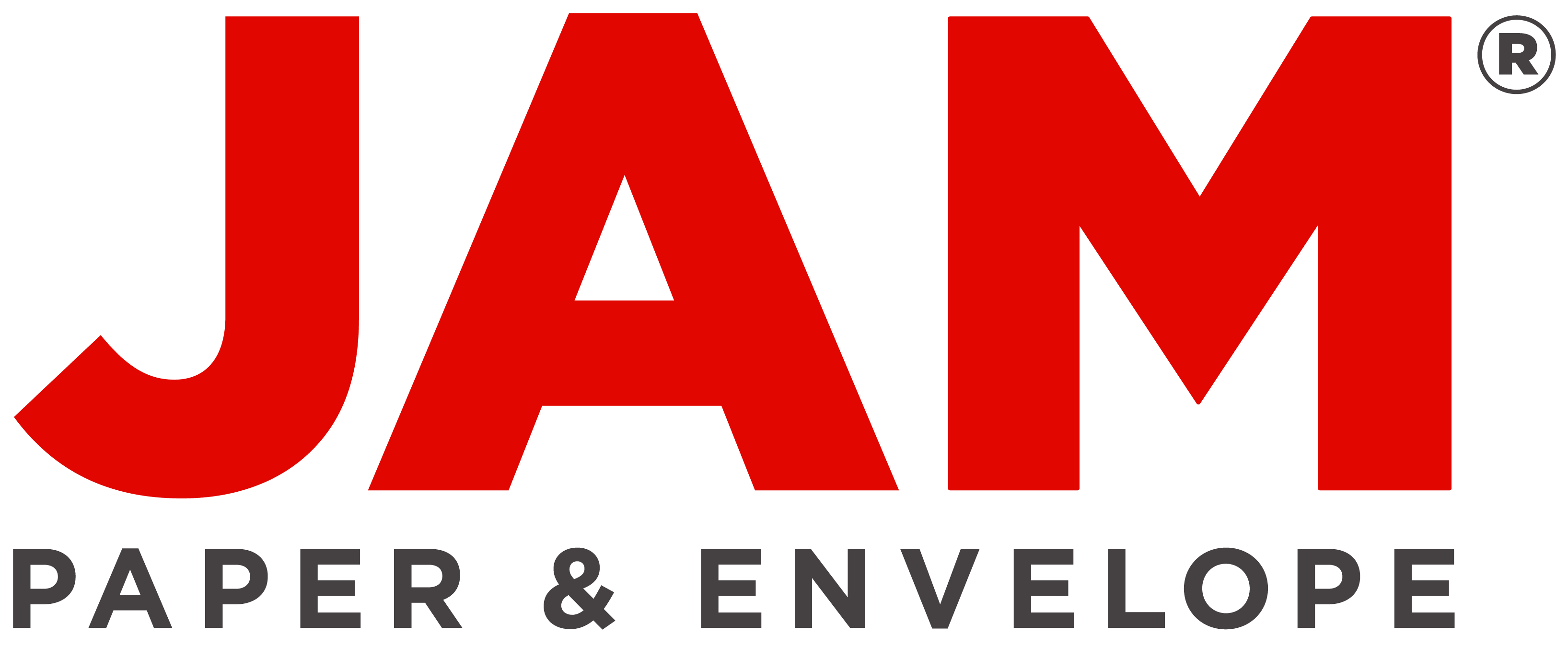What is a Watermark?
- By Andrew Jacobs
- May 12, 2016
What is a Watermark?
Last week a bunch of JAM Paper Marketing employees went on a field trip to Mohawk’s Paper Mill. With a 2 hour drive in front of us, we wondered what the paper mill would look like, how many steps would it take to actually make a sheet of paper, what would be for lunch, etc. What we found was that nothing, nothing was like we thought (the food was amazing). And yes, we found out a lot about paper that we never knew before. For instance, the amount of steps it takes to make paper are immeasurable. Side note: If you are a fan of paper whatsoever, we suggest taking a tour to a paper mill. It will make you appreciate paper and respect paper production so much more. But you’re here for one answer and one answer only right? WHAT IS A WATERMARK?!?!?What is a Watermark?
First some terminology: Fibers: when you see the word fibers in this blog, I’m talking about the material that makes up most of the paper. Pulp: pulp is basically the first step of making paper. These are thick, corrugated sheets that are derived from the wood of a tree. Honestly, that’s really all you need to know. Just wanted to get you ready. Drum roll… So after pulp, chemicals, corn starch, fibers, water, (sometimes) dye, and much more are all added together and smoothed out to (an almost there) HUGE roll of paper (really wish we were allowed to take pictures inside, but unfortunately we were not) comes THIS STEP: the watermark. Fact: when fibers and water mix and are put against light, you are less likely to see through it. Take a look: This is a black piece of paper without a watermark raised to a fluorescent light. Are you able to see much on the other side? Not really, right?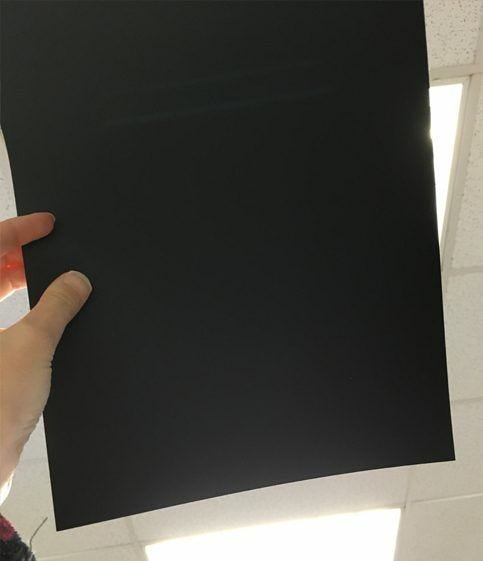 The opposite goes for a piece of paper with a 'watermark’. (We'll get to that later.).
The opposite goes for a piece of paper with a 'watermark’. (We'll get to that later.).
But first, how is a watermark even made?
During the rolling process of paper, there's a step where you can either make a (literal) mark of water on the paper or leave it be. Some companies prefer to highlight their brand and if that’s the case, a watermark is usually made. This is created by a unique water-coated metal roll of embossed designs (kind of like stamps). This is just one example of a watermark Mohawk created!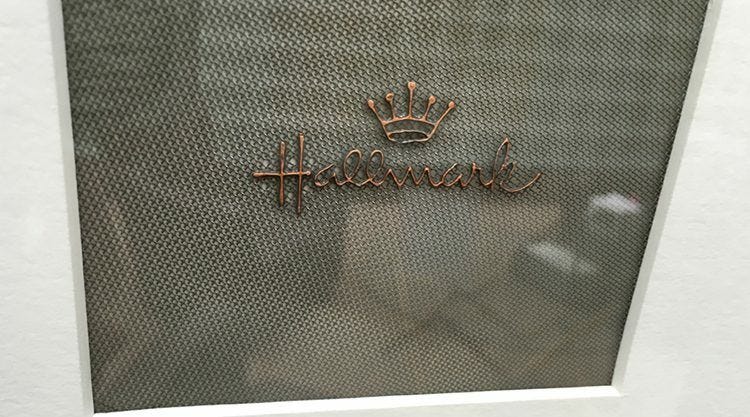 Picture a huge, and I mean gigantic, (yet light) steel roll that is covered with your specific logo (like Hallmark). When the paper combines with this roll, it comes out on the other side with ‘marks’ of your brand.
Picture a t-shirt: there are some spots that have a design; some that just have the color. (Go Mets!).
Picture a huge, and I mean gigantic, (yet light) steel roll that is covered with your specific logo (like Hallmark). When the paper combines with this roll, it comes out on the other side with ‘marks’ of your brand.
Picture a t-shirt: there are some spots that have a design; some that just have the color. (Go Mets!).
 Same goes with paper. Some parts have a watermark; some parts of your paper are left pure white.
Basically what the stamp does is it leaves the water on the paper roll, pushing away the fibers. The designs are scattered so that some parts will contain both fibers and water (which are thicker and create a stronger hold - i.e. the color blue on the Mets t-shirt) and some parts that will contain only that ‘mark’ of ‘water’ (which are thinner and not as strong - i.e. the mets symbol, thor's name, and his number).
Here's a piece of paper:
Same goes with paper. Some parts have a watermark; some parts of your paper are left pure white.
Basically what the stamp does is it leaves the water on the paper roll, pushing away the fibers. The designs are scattered so that some parts will contain both fibers and water (which are thicker and create a stronger hold - i.e. the color blue on the Mets t-shirt) and some parts that will contain only that ‘mark’ of ‘water’ (which are thinner and not as strong - i.e. the mets symbol, thor's name, and his number).
Here's a piece of paper:
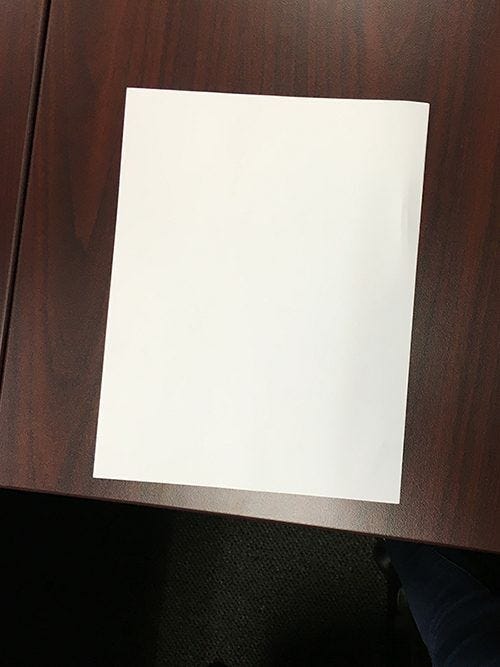 Here's that SAME piece of paper when raised to the light:
Here's that SAME piece of paper when raised to the light:
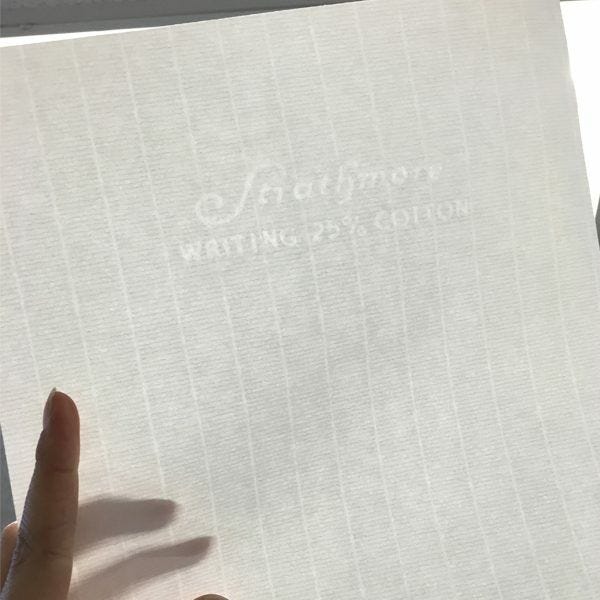 What do you notice first? The Strathmore watermark right? In short, a watermark is a pattern/brand/logo on a piece of paper that is easily visible when put up to light. This is the ‘mark’ of ‘water’ the paper mill added specifically for you.
So- what is a Watermark? You tell us in the comments below! Preface your comment with "What is a Watermark?"
Any questions?
What do you notice first? The Strathmore watermark right? In short, a watermark is a pattern/brand/logo on a piece of paper that is easily visible when put up to light. This is the ‘mark’ of ‘water’ the paper mill added specifically for you.
So- what is a Watermark? You tell us in the comments below! Preface your comment with "What is a Watermark?"
Any questions?Understanding Watermarks: What They Are and How They Work
Watermarks are subtle designs or patterns that are intentionally added to paper or other materials during the manufacturing process. They are often used to identify the authenticity or quality of the product, such as in currency, official documents, or high-end stationery. Watermarks can be visible when held up to light or may be embedded within the material itself. They serve as a form of security and can help prevent counterfeiting or unauthorized duplication. In addition to their practical applications, watermarks can also add a touch of elegance and sophistication to the finished product, making them popular in the world of luxury branding and marketing.
The Benefits of Watermarks
Watermarks offer several benefits, including enhanced security, brand recognition, and a professional aesthetic. By incorporating a watermark into a product, businesses can protect their intellectual property and prevent unauthorized reproduction. Additionally, watermarks can help establish brand identity and create a sense of exclusivity, particularly in the realm of high-end goods and official documents. From a visual standpoint, watermarks can elevate the overall appearance of a product, adding a layer of refinement and sophistication that sets it apart from ordinary items.
Practical Applications and Use Cases
Watermarks are commonly used in a variety of industries and settings. They are frequently found in banknotes, passports, certificates, and legal documents to deter forgery and ensure authenticity. In the realm of art and photography, watermarks are often added to digital images to protect copyrights and prevent unauthorized use. Additionally, businesses may incorporate watermarks into their stationery, packaging, or marketing materials to reinforce their brand and create a sense of prestige.
Alternatives to Traditional Watermarks
While traditional watermarks are effective, there are alternative methods for achieving similar results. For digital content, techniques such as digital watermarking and metadata embedding can be used to protect intellectual property and track usage. In the physical realm, holograms, special inks, and microprinting are alternative security features that can serve a similar purpose to traditional watermarks.
Tips for Using Watermarks Effectively
When incorporating watermarks into products or digital content, it's important to strike a balance between visibility and subtlety. A watermark should be noticeable enough to serve its purpose, but not so intrusive that it detracts from the overall presentation. Additionally, businesses should consider the placement and design of their watermarks to ensure they are both effective and aesthetically pleasing. Finally, it's crucial to stay informed about the latest advancements in watermark technology to maintain the highest level of security and protection.
Conclusion: The Role of Watermarks in Security and Branding
Watermarks play a crucial role in safeguarding authenticity, deterring counterfeiting, and enhancing brand recognition. Whether in the form of a subtle design on paper or a digital identifier embedded in an image, watermarks serve as a powerful tool for businesses and individuals alike. By understanding the benefits, use cases, and best practices associated with watermarks, it's possible to leverage this time-honored security feature to its fullest potential.
